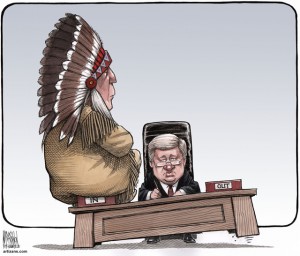Blog Four: Home is Where Ever I’m with You (U2:L1)
Home: a combination of the physical, your emotions and your memories. A structure in your mind that stacks up as you grow older to create an image of what is ‘home’. It doesn’t matter how far away you travel, or if a developer knocks your house down. All experiences of ‘home-ness’ are just added to the mental building block – a structure that survives purely through memory, which no bulldozer can touch.
I can trace back my earliest memory of a house to when I was two and a half years old. I remember running from our front doorsteps to welcome my new baby sister. From there, I remember our next house where I saw that same baby take her first steps, where my sisters and I played with our barbie dolls, where we slid down the slide in our backyard and ran to the playground a couple blocks away.
Then we moved. So where was my home now?
The next house was in a military complex. It had a white door with a gold handle, and had a huge tree out front where we played 40-40 with the neighbourhood kids. I remember this one time my older sister climbed it and got stuck – she was always more daring than I. At the bottom of the yard, we had a swing set near this berry bush. If you squished the berries and put the juice on your skin, you could make look like you were bleeding. We used to prank our mum by coming up to her with ‘blood’ (aka: berry juiced) smeared on our forearms. Three years later, my dad left the army and we moved to Vancouver.
I cried when we left; the neighbourhood kids ran after our car. The idea of ‘home’ was becoming increasingly transitional for me.
A nine hour flight later, we landed in Vancouver, British Columbia. Our new home was on 28th and Dunbar – across from the elementary school my sister and I attended. It was incredibly convenient to have to simply walk across the road to school. The garden wasn’t big, so we used to walk to the playground to play after school hours. Six months later, we were asked to leave.
Bye bye house – off to the next ‘home’.
The place we were renting while my parents found something more permanent was a quaint little house in Kerrisdale. It had a huge plum tree in the back and a toy cart had been left in the garage by the owners for us to play with. We used to sit in it and let ourselves roll free down the sidewalk. Looking back, it is a miracle that none of us died…. those were the good ole’ days.
A couple months later, my parents found a place close by in Shaughnessy. We moved in to this big house with a monkey tree out front – the best direction tip you can give someone coming over to visit. We have lived here for 13 years now – this is where I have the most memories of home-life: lying on the trampoline till the wee hours of the morning, attempting to build a tree fort, breaking down a piece of the fence with a soccer ball, disney nights……
But it is just the last building block placed on my mental stack of ‘home’ – when I move out, the next place will become my literal home. But no one house will be the structure of my mental home.
My mental home is a stack of every single place I have lived in so far. All of these put together construct my understanding of home, as all of them contain memories of family, friends, food, laughter, parties, homework, fights, hugs, meals, sports, cooking, baking, chores, tea, birthdays, smiles, joy, and love. All of the physical structures of home are complimented by the emotions and memories that were created in it.
Home is a mental building block that I take with me every place I go, and add on to with each new chapter of my life.
So… what physical attributes, emotional connections and memories construct your mental home?
Works Cited:
A High-reach Excavator Is Used to Demolish This Tower Block. N.d. Wikipedia. Web. 29 Jan. 2015. <http://en.wikipedia.org/wiki/Demolition#mediaviewer/File:Hydraulicke_demolicni_nuzky_na_podvozku_CAT_330.jpg>
“Google Maps.” Google Maps. N.p., n.d. Web. 29 Jan. 2015. <https://www.google.ca/maps/@54.516059,-6.065704,3a,75y,288.64h,85.54t/data=!3m4!1e1!3m2!1sMmuhbW2-2kFFl5PITjGvrA!2e0>.

